Review: FiiO K11 R2R DAC/Headphone Amp
Steve Graham wonders if a $230 resistor ladder DAC can improve a $400 streamer
Audio Friends
I’m storing some audio gear for a friend while he is on an extended winter escape. With permission, I got a chance to listen to his FiiO K11 R2R. Audio friends, just what a reviewer on a strict budget needs.
R2R?
There’s a bit of a to-do, of late, about R2R ladder DACs. I’m stretching a bit to explain this without oversimplifying it too much. The most common way of turning a digital stream into an analogue voltage (or sometimes a current, which is then changed to a voltage) is to send it to a D to A chip that does some math programmed in at its design. In most cases, high-speed processing (often multiples faster than the sampling rate of the data) is employed to move digitally-generated sampling noise away from the audio band.
R2R DACs, often called ladder DACs because of their string of resistor “ladders”, use a method employed before the advent of modern DAC chips. Discrete resistors are activated (turned on and off) by associated electronic switches corresponding to the incoming digital data. It is claimed that this “purer” method of conversion results in better sound. As with most things, the devil is in the details.
The resistors used in the ladder must be of a tight tolerance to ensure accurate conversion of digital data to an analogue waveform. Typical resistors used in audio gear have a 1% tolerance, which is to say, a 1% maximum deviation from their nominal values. Resistors with a 0.1% tolerance are available but cost more. One of the proponents of ladder DACs claim that they machine and hand match resistors to +/- 0.025%, or better. To maintain this level of precision the temperature must be consistent across the resistor ladder. This is due to the physical nature of resistors, in that they change value with variations in temperature. Discreet resistor ladders by their nature take up more real estate than a DAC chip. Some commentators contend that temperature variations across the ladder can cause non-linearities. I’m not saying that the K11 R2R is necessarily compromised, but there is no free lunch. Super-precision parts won’t be found in a $200 DAC.
FiiO K11 R2R
The K11 R2R is an entry into the world of R2R DACs. At $230 Canadian, about 170 US dollars, the FiiO would appear to offer a lot for the money. It’s also a headphone amp but I’ll only be evaluating the line-level outputs.
Using the Bluesound Node Nano’s digital coax output, (Review link: https://wallofsound.ca/audioreviews/digital/review-bluesound-node-nano-streaming-dac/) I connected to the FiiO with my trusty Mogami 75-ohm digital cable. More on the Mogami later. (Search Amazon for: enoaudio Digital Coaxial Cable Mogami 2964.)
The knob on the front panel doubles as a volume control and gateway to various settings. The knob is pressed and held for a few seconds to do a few things like: fixed or adjustable line outputs, headphone gain settings and of most interest to us, Non-oversampling (NOS) or Oversampling (OS) selection. In Non-oversampling mode, data is decoded at its native rate. When set to Oversampling all data streams are up-sampled to 384 kHz. The K11 has an external power supply, but unlike some that appear to be no more than glorified phone chargers, the K11’s looks more like a laptop supply. The K11 R2R is quite compact as can be seen below. It’s roughly the same size as a Node Nano, itself the size of a 3 CD-case stack.
Gimmick-Fi
Let me get this rant out of the way. The K11’s FiiO logo on the top of the case turns various colours depending on the sampling rate of the incoming data. This feature can be dimmed or turned off entirely. All in all, a bit of a useless feature as the actual sampling rate is provided on the front panel display. In my opinion, this, and other gimmicks, like VU meters, LEDs lighting-up tubes and even vaguely clockwork-like mechanisms on some amps, looks trashy and totally unnecessary. Especially so on uber-expensive gear. Sorry owners of Mac, ARC, Nagra and anyone else with great but trashy-looking gear. As well, the meretricious placement to tubes, provocatively poking through the top plates of chassis, is another cheap gimmick used to seduce audiophiles. I’m guilty of that with many of my DIY projects. So, take my design and styling opinions with a grain of salt.
Digital Connection
External DACs have an uphill battle when trying to compete with a component’s internal DAC. Almost all digital interfaces combine clock data and music data on the same pair of conductors. The combined clock and music data can influence each other causing loss of accuracy (distortion) in the decoded analogue output. Connections using IIS (I squared S) data links, or other proprietary schemes that use separate paths for clocks and music data, stand a much better chance of maintaining data purity and therefore better sound. This even applies to the lowly Raspberry Pi when a DAC board is attached, as the data transfer is in the IIS format.
System
The system and the music tracks used for evaluation was the same as the Bluesound Node Nano, link above. The only difference was that music files arrived at the Nano over Wi-Fi supplied by the music library in my NAD 50.2. As well, the Nano was powered by a $16, 3-amp wall wart rather than its supplied 2-amper.
Sound
To answer the question at the top of the article, no, the FiiO K11 R2R does not, in my estimation, sound better than the Node Nano’s analogue outputs. That’s not to say it necessarily sounds worse. Just different. A sort of different that does not appeal to me, but might to other audiophiles. Actually, this is a tale of two DACs. Well, two DACs in one to be exact, plus a third possibility.
Non-oversampling (NOS) Mode
In NOS mode data is decoded at its native sampling rate. CD-rate data especially, sounded rounded-off. Slightly less so with higher sampling rates. The treble frequencies sounded dulled-down somewhat, compared to the Nano’s analogue outputs. As a result, the FiiO seemed to lack detail. This seeming lack of detail might be the reason I found the soundstage lacking in size and specificity. In analogue terms, it’s as if an old tube amp was in need of some new tubes or someone had inadvertently turned the treble tone control a notch or two to the left. This presentation might appeal to someone with a lot of harsh digital recordings or zingy tweeters. The FiiO’s bass was, by comparison to the Nano, less deep and distinct. Though some might like this overall “vintage” presentation, it did not appeal to me.
Oversampling (OS) Mode
With all files up-sampled to 384kHz, the FiiO exhibited a much different personality. The rolled-off treble noticed in NOS mode was, in OS mode, much less so. In fact, I’d say the treble presentation was more on par with the smooth and detailed treble of the Nano’s analogue output. Soundstage placement and specificity was much better in OS, compared to NOS. The improved treble highlighted the fact that the bass did not have a requisite improvement. In fact, the bass seemed slightly worse because now it was a more noticeable shortcoming. The FiiO just didn’t have the toe-tapping pace and rhythm of the Nano. As well, the FiiO lacked the Nano’s bass extension, control and clarity.
In summary, I’m not saying the FiiO K11 R2R is a bad DAC. It just didn’t suit my tastes in music reproduction. I prefer force and drive, if appropriate. These, the FiiO lacks in both NOS and OS modes. Sure, I like lucid midranges and filigreed treble as much as the next audiophile. But as the man said, “It don’t mean a thing if ain’t got that swing.” One thing to not infer, from the sonic characteristics I heard, is that it represents the general sound of all R2R DACs. As with any component, it is best to listen and compare to a familiar piece of gear. The FiiO was up against some stiff competition, in that the Node Nano has a very decent in-built DAC circuit.
The K11 R2R might suit some and the price to try one is not particularly high. If waiting isn’t a problem, used ones will likely show up on the audio buy and sell sites.
By way of apology
To my buddy who loaned me the FiiO, I’m sorry I couldn’t be more positive about it. His requirements were a USB-connected DAC with a volume control so music stored on a laptop could be easily played through powered desktop speakers. In this use, the FiiO works admirably. In a high-end system, its performance might not be to everyone’s liking.
Beg, borrow, cajole, whine, plead, connive….
That can be the life of a Wall of Sound reviewer. It will come as no surprise that we are seldom at the top of anyone’s list when it comes to review gear. So, we must take what comes our way and hope it interests our small but dedicated band of followers.
When a Schiit Modius E DAC, the one with the ESS DAC chip, (229 USD in black, 249 USD in silver finish) came swimming by while the FiiO and the Node where in my listening lair, I landed it without hesitation. https://www.schiit.com/products/modius The Modius is normally powered by a 5-volt, switch-mode supply about the size of a small phone charger. I decided an upgrade was in order so the Modius got a $16, 3-amp supply identical to the one that had improved the Nano’s performance.
I called up a few of my faithful evaluation tracks to use when comparing the Modius to the Nano. You will, I hope, forgive me for re-using some of these from previous reviews. They are some of my favourite music and with them I can quickly zero in on component differences.

From Clannad’s Lore: Broken Pieces (16/44 file)
From Miles Davis Kind of Blue: So What (24/192 download)
And did the Modius and the Nano play well together? They did! There wasn’t much to choose between them in upper-midrange and treble performance. In the vocal range, the Nano retained the small extra measure of colour (not to be confused with coloured) and intimacy that I noted in the Nano review. The Modius was good in the vocal range but didn’t have the Nano’s small extra portion of intimacy and expressiveness. In the bass it was slight advantage Modius. It went a little deeper and had just a bit more toe-tapping involvement than the Nano. Both made equally convincing soundscapes when it came to instrument and vocal placement.
If some misguided person on one of the audio buy and sell sites is offering a Modius E, grab it quick, before he changes his mind.
Digital Connections, 8 bucks vs 80 bucks
(About 6 bucks versus 60 bucks in US dollars.)
I was ordering some stuff from Amazon and needed a few bucks more for free shipping. So, I ordered a cheapo digital interconnect, (Search: Monoprice 102743 75 Ohm Digital Coaxial Audio/Video RCA Cable)
I burned it in for a few days between the Nano and the Modius. Starting with the Mogami 75-ohm cable, I listened to the three tracks pictured above. I then substituted the Monoprice cable. What a difference! At first, I thought I had accidently hit the mono button on my line stage remote. So much of the musical presentation zoomed dead centre and was thrust forward at me. I had, in fact, not hit the mono button. There was some music unique to the left and right speakers but the soundstage was flattened as well and the overall presentation thrust forward.
I don’t normally solicit my wife’s opinion. She heard what I heard but preferred having vocals and instruments more front and centre. Go figure.
My advice? If you are just starting out on your journey to find a suitable DAC, spend more on the DAC and buy a cheap digital cable. It is always easier, and more cost-effective, to upgrade the cable later.
In Summary
Do I think the FiiO K11 R2R is an upgrade for the Node Nano? No, just the opposite.
The Schiit Modius? More of a sideways move in my opinion. The Modius has a lot to recommend it. Balanced outputs, if your system will accommodate them, is one. The Modius also has a proprietary USB input circuit, said to work better than off-the-shelf USB receivers. If USB is your preferred connection, this might be beneficial.
The Nano’s in-built DAC circuit is very good all on its own. Spending what a Nano costs, or less, on a partnering DAC does not make much sense and would seem, from my point of view, a waste of money. I haven’t heard all, or even very many, DACs in this price range so if anyone has a Nano and partnered it with a DAC that improves it, please leave a comment below and be sure to tell us what digital interconnect you use.
Anyway, digital music reproduction keeps improving and the inflation-adjusted price of admission keeps decreasing. Win, win for all of us!
Editor’s Note: Congrats to Steve on his 100th article!

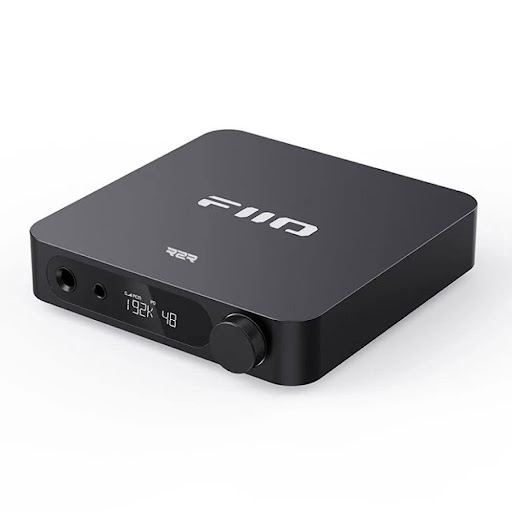
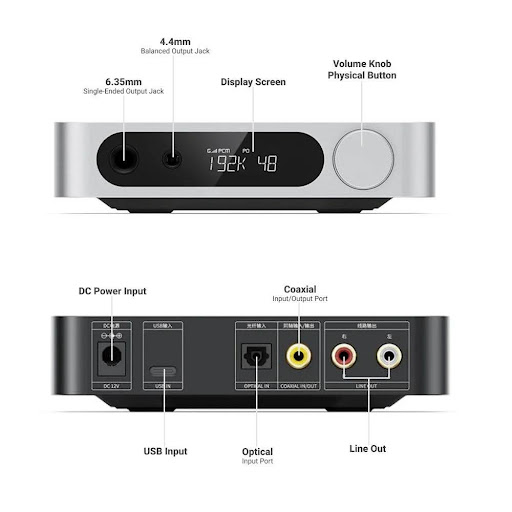
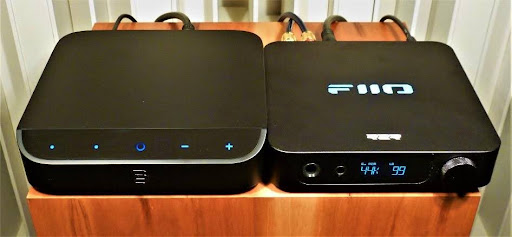
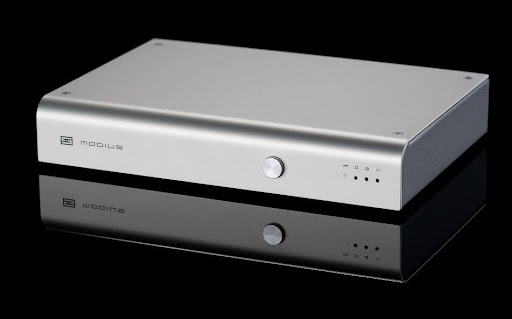
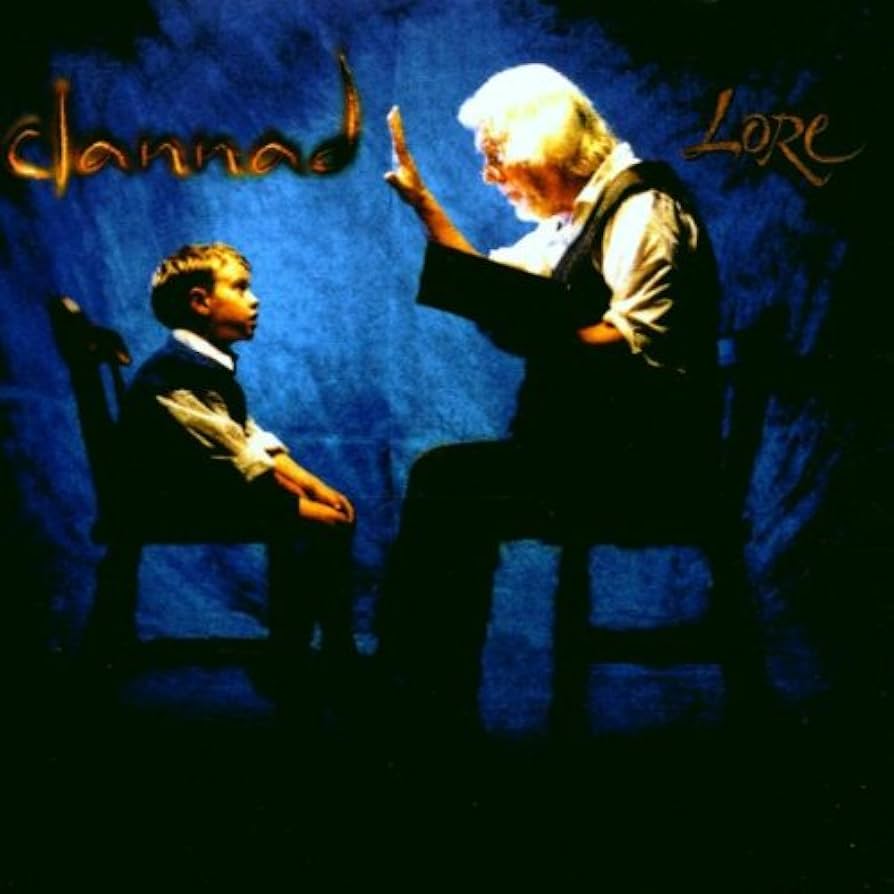
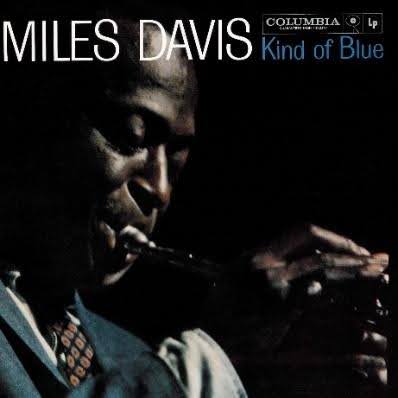
I have one , it’s excellent. I have my TV and an old V30 Thin Q connected. Then I use USB Audio Pro with Tidal and Bubble UPnP to remote control with my S23U. No need to buy a streamer. Wireless display to the TV too.
USB and balanced analog connections both improve the performance of the Modius.
Reportedly, the fidelity of the K11 R2R DAC can be improved through the substitution of a linear power supply. The Allo Shanti comes to mind but admittedly would nearly double the price of use. As there may or may not be a difference in fidelity between the S/PDIF and USB inputs, using a source that can connect through the DAC’s USB input might also improve fidelity. That may explain why some reviewers are reporting a more positive experience in their reviews of the FiiO.
Thank you to those taking the time to comment.
I typically avoid reading or watching reviews of a product I plan to review, though that doesn’t always happen. All the same, I draw my own conclusions as best I can. Some reviewers of the K11 R2R did note the treble roll-off in NOS mode. A few reviewers have noted the slightly reduced bass too. It comes down to the system components will be used in and to personal taste with regards to bass and treble extension.
As noted in the “8 bucks vs 80 bucks” part of the review, digital cables have a LARGE impact on sound quality. Using no-name or give-away cables to connect digital components, is almost always a recipe for compromised sound quality. Go with a brand-name cable even if it’s the entry level of say an Audioquest or similar brand.
With regards to Allo equipment, it appears they are no longer in business. Their HAT boards and power supplies were decent choices for digital DIYers. My guess is that inexpensive streamers have killed-off the Raspberry Pi, DIY streamer scene.
On a lighter note, I heard from the friend that loaned me his FiiO DAC:
“Hey, you trashed my FiiO? Hahahaha Just kidding!!!! That was a good read, and thanks for the honest review. It was very interesting. :)”
Regards to all, Steve Graham
You are correct that Allo is no longer in business, but many of their products have been revived by a group of former employees. The new entity is called Rabas Technology.
https://audiophilestyle.com/forums/topic/69968-well-known-allo-products-are-back-again-with-new-name-but-same-team-from-india/
https://rabas.in/
Hi Steve,
This review kind of makes me think that maybe the R2R wagon is a bit of a marketing come-on rather than a real advance. Audiophiles can be very fickle in their tastes and are heavily marketed. I was considering a Denafrips Aries but now I think I would want to hear one rather than just buy it. Good review and wake up call. Cheers, David Neice
Hi Steve (and others),
I’m fairly new to this audio stuff and have a decent setup with a stereo amplifier with integrated DAC, and I use it to power some monitors in my office while I write code all day. But it can be a little disruptive to the family, so I bought some Hifiman Sundara open-back headphones. Because I didn’t plan ahead, I didn’t buy a stereo amplifier with an integrated headphone amplifier. So now I’m looking for a headphone amplifier to power my Sundaras.
My primary digital source is my MacBook Pro, and I connect to the DAC with USB. My Audio sources are a mix between Spotify and my old CD collection, which I host on a NAS. I have tried my Sundaras on different sources that have a 3.5mm jack, and the variance in sound quality is large. So I figured, since I have decent headphones, I should get a decent headphone amp. I also have a 4.4mm (balanced) connector cable to use with an amp if it supports it.
In my search for an amp, I happened upon the FiiO K11 R2R. It is supposed to work with my MacBook as the digital source, supports the 4.4mm connector, and has ample power for the Sundara. But there are so many options out there for DACS, amps and such that it is overwhelming. Is the FiiO K11 R2R a good choice for this setup (or even the FiiO K11), or should I consider other options?
I realize that a lot of audio’s perception is uniquely personal, but I’m looking for some advice on options I should consider. I also expect that someday I will end up getting into higher-end headphones than my Sundara, but they are such an upgrade from my old Audio-Technica that I am simply in a honeymoon phase. And after discovering open-back headphones, I am sad that I didn’t know about these in my past.
Marc,
Thank you for your interest in Wall of Sound.ca. I read and appreciate all comments.
I had a quick look at the specs on your Sundaras. Like most planar magnetics, their sensitivity is a bit on the lowish side, compared to many dynamic headphones. That in itself is not bad, it just means that a bit more care might be necessary choosing an amp to drive them.
Check out the headphone forums and search FiiO K11 R2R reviews on YouTube. Some reviews might have info on how it works as a headphone amp. Personally, I think the K11 R2R’s weakish bass response would rule it out for use with serious headphones like your Sundaras.
I would also suggest you visit local HiFi shops that have headphone gear. Take your laptop with some music files and your ‘phones with you. You are in a unique position to judge an amp and/or DAC under your exact listening conditions.
The general consensus is that computers don’t make very good music sources. There is just too much other stuff going on, electrically speaking, that can result in noise and interference on the USB line leading to compromised DAC performance. USB filters/isolators between the computer and DAC can bring worthwhile sonic improvements. If you really want to wring the last bit of audio juice from those ones and zeros, the cheap USB cables usually included with gear are candidates for upgrading too. (More soon regarding USB cables here on WOS.ca.)
As well, the music player software included with computers can compromise audio quality. Dedicated software for better audio quality, some have recommended JRiver, might be the way to go.
If you don’t want to spend much to start with, maybe one of the dongle DACS would be the way to go. I bought a Meridian Explorer2 several years ago and it has served me well. Not made in a while, it still sounds quite good. Have a look around Canuck Audio Mart. Something might catch your eye.
I feel a bit guilty for sending you down the audio rabbit hole, but you did ask.
Regards, Steve Graham